GPCR/G protein

All GPCRs share a common seven trans-membrane structure. GPCRs are associated with heterotrimeric G-proteins which are GTP-binding proteins made of alpha, beta, and gamma subunits. When a ligand binds to GPCR, it activates the attached G-protein, the GDP is replaced with GTP. The activated G-protein then dissociates into an alpha and a beta-gamma complex which activates downstream signaling pathways. These intracellular signaling pathways include cAMP/PKA, calcium/NFAT, phospholipase C, protein tyrosine kinases, MAP kinases, PI-3-kinase, nitric oxide/cGMP, Rho, and JAK/STAT.
GPCRs are one of the most important therapeutic targets for various diseases, over 30% of all modern medicinal drugs target this family. Aberrant GPCR functions are involved in pathological conditions such as neurological, immunological and hormonal disorders. A large number of GPCRs have been identified, but whose ligands are not known, are classified as orphan receptors.
-
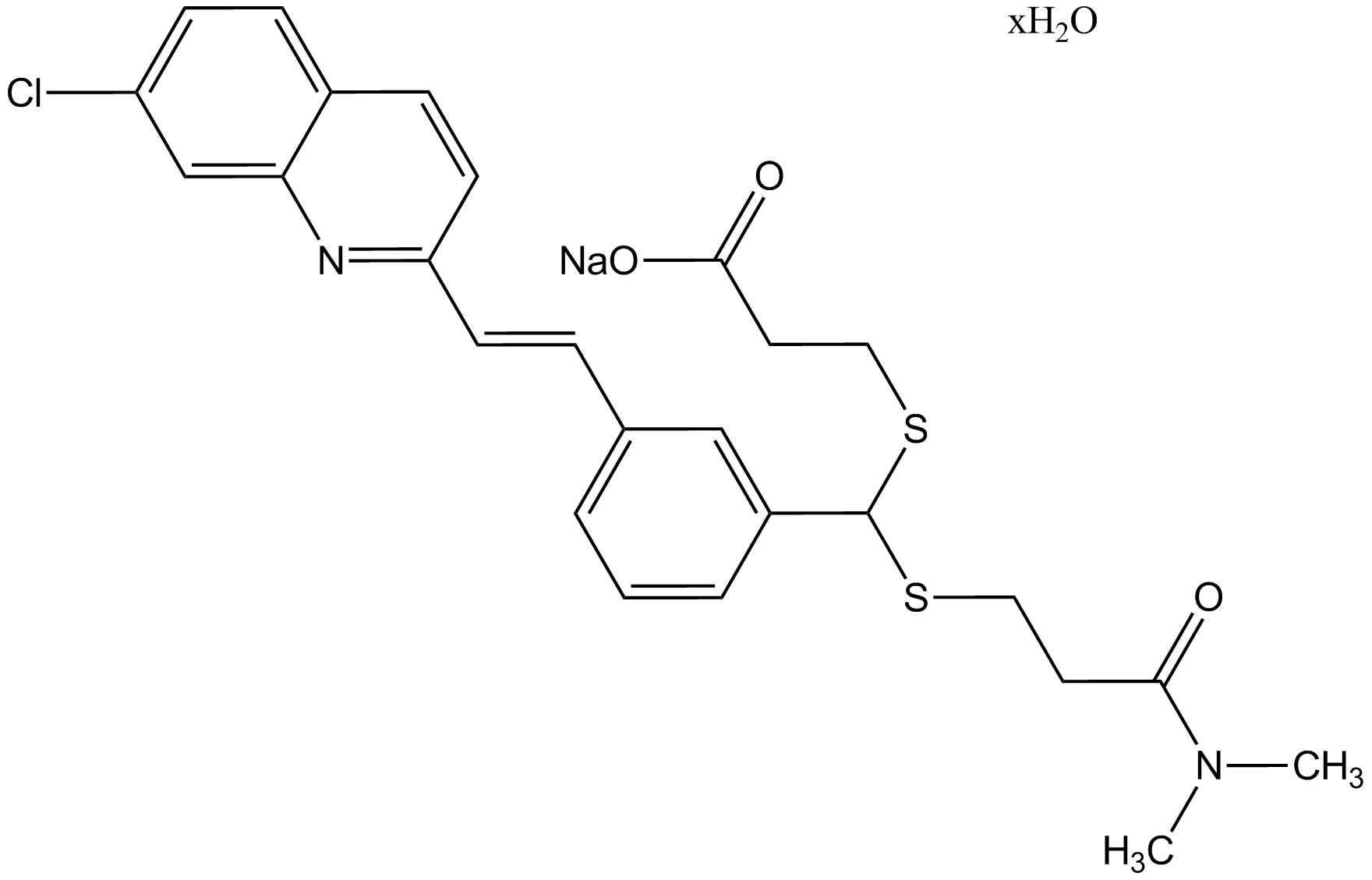 B8031 MK-571 sodium salt hydrate3 CitationTarget: CysLT1Summary: CysLT1 receptor antagonist
B8031 MK-571 sodium salt hydrate3 CitationTarget: CysLT1Summary: CysLT1 receptor antagonist -
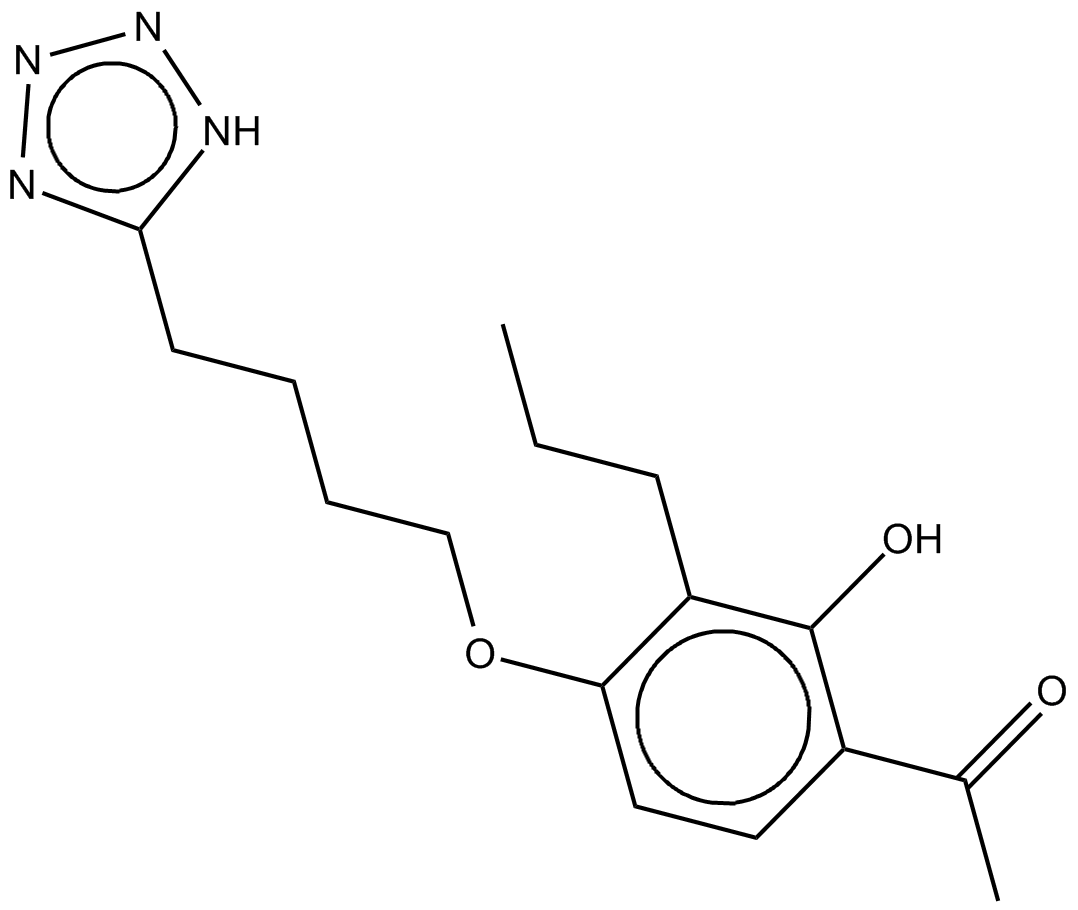 C3110 LY171883Summary: leukotriene D4 receptor antagonist, orally active
C3110 LY171883Summary: leukotriene D4 receptor antagonist, orally active -
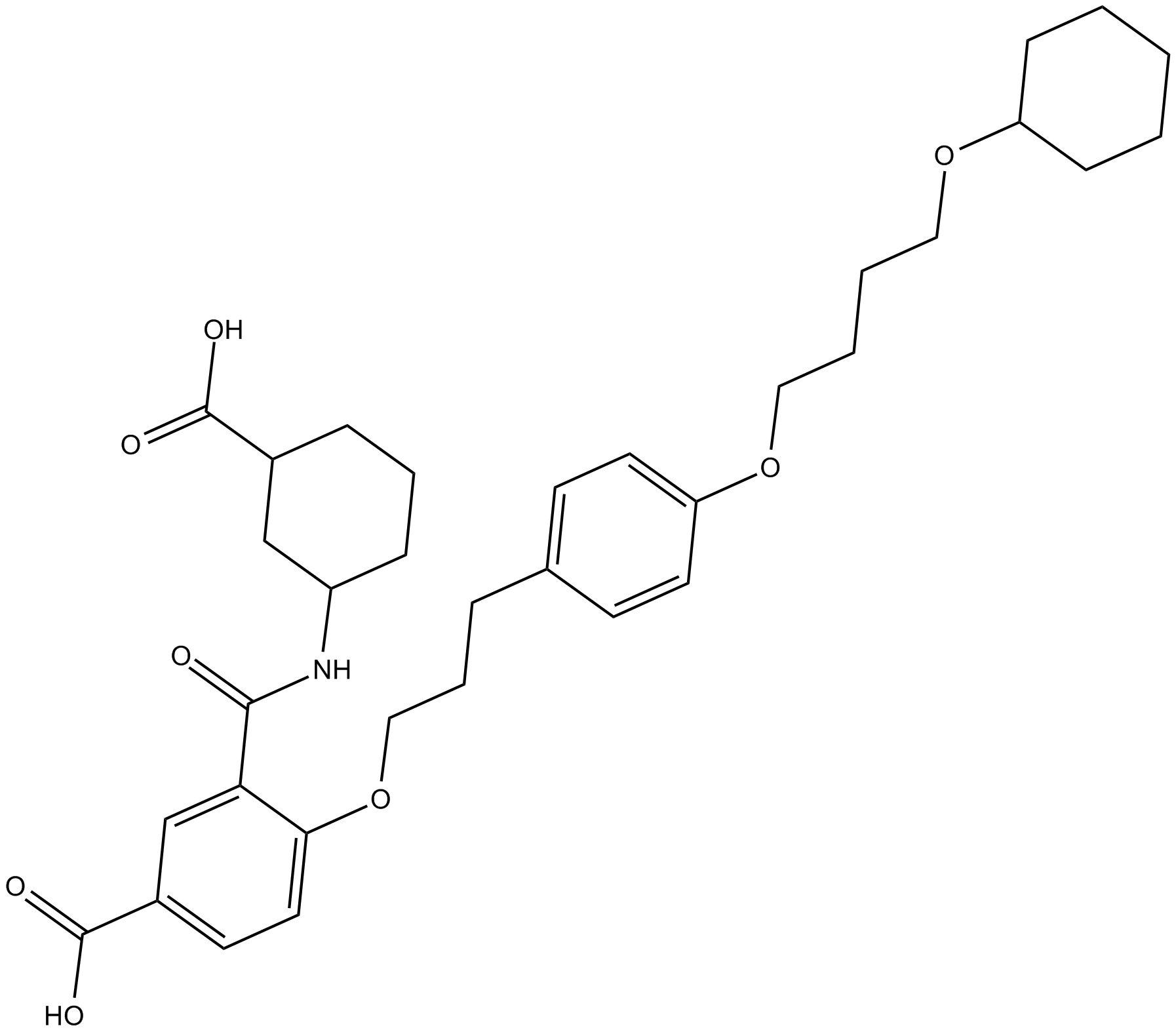 C3082 HAMI3379Summary: CysLT2 receptor antagonist
C3082 HAMI3379Summary: CysLT2 receptor antagonist -
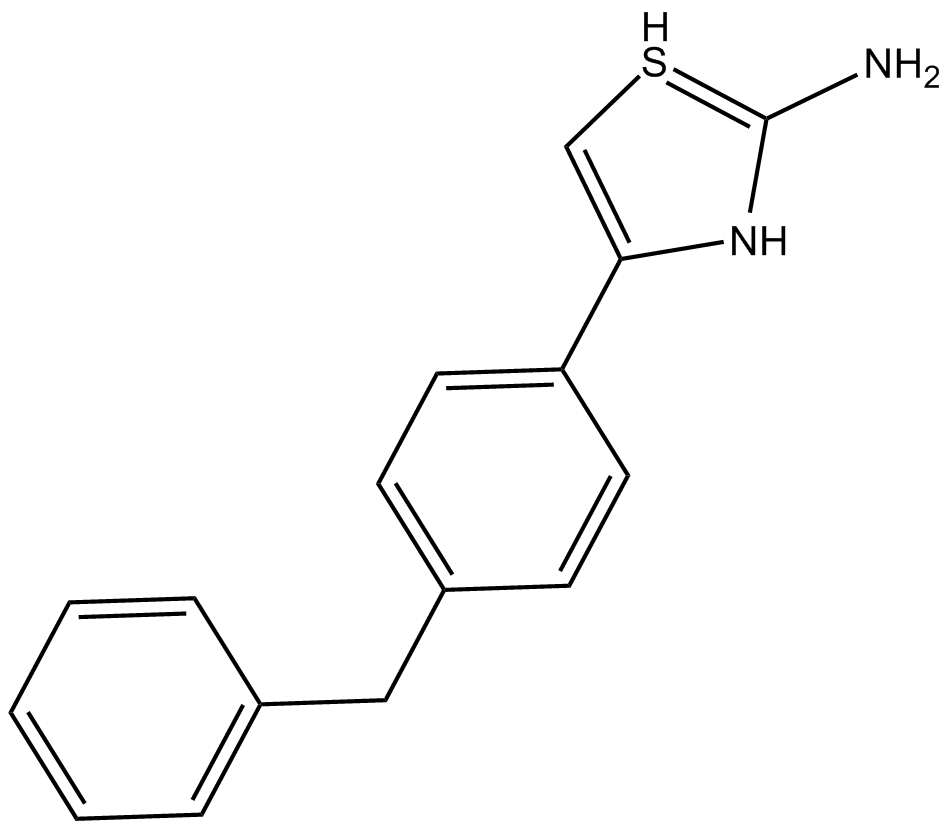 C4323 ARM1Summary: LTB4 synthesis inhibitor
C4323 ARM1Summary: LTB4 synthesis inhibitor -
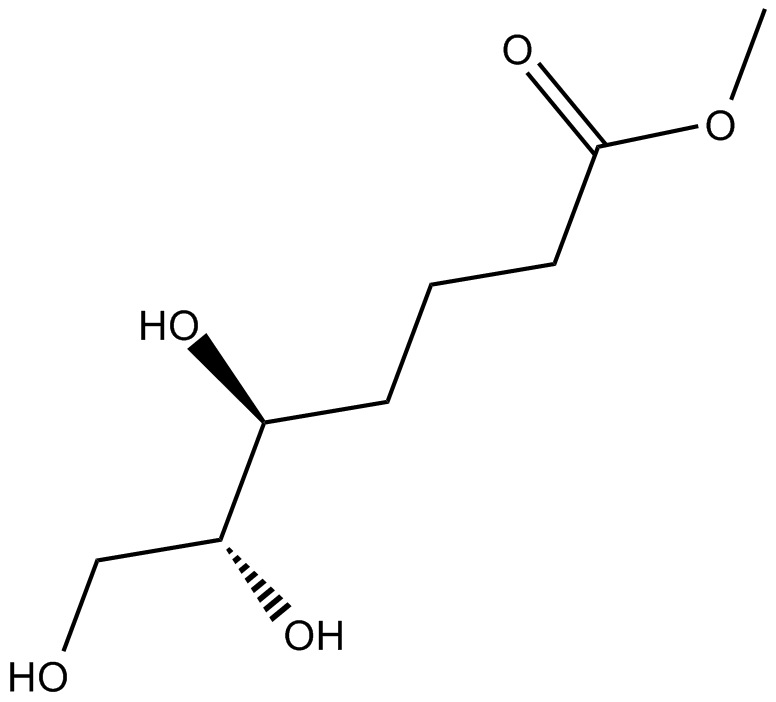 C4837 5(S),6(R)-7-trihydroxymethyl HeptanoateSummary: inhibits leukotriene B4 (LTB4)-induced polymorphonuclear neutrophils (PMN) chemotaxis
C4837 5(S),6(R)-7-trihydroxymethyl HeptanoateSummary: inhibits leukotriene B4 (LTB4)-induced polymorphonuclear neutrophils (PMN) chemotaxis -
 C4677 LY223982Summary: potent BLT1 receptor antagonist
C4677 LY223982Summary: potent BLT1 receptor antagonist -
 C5226 γ-Linolenic Acid methyl esterSummary: weak leukotriene B4 (LTB4) receptor antagonist
C5226 γ-Linolenic Acid methyl esterSummary: weak leukotriene B4 (LTB4) receptor antagonist -
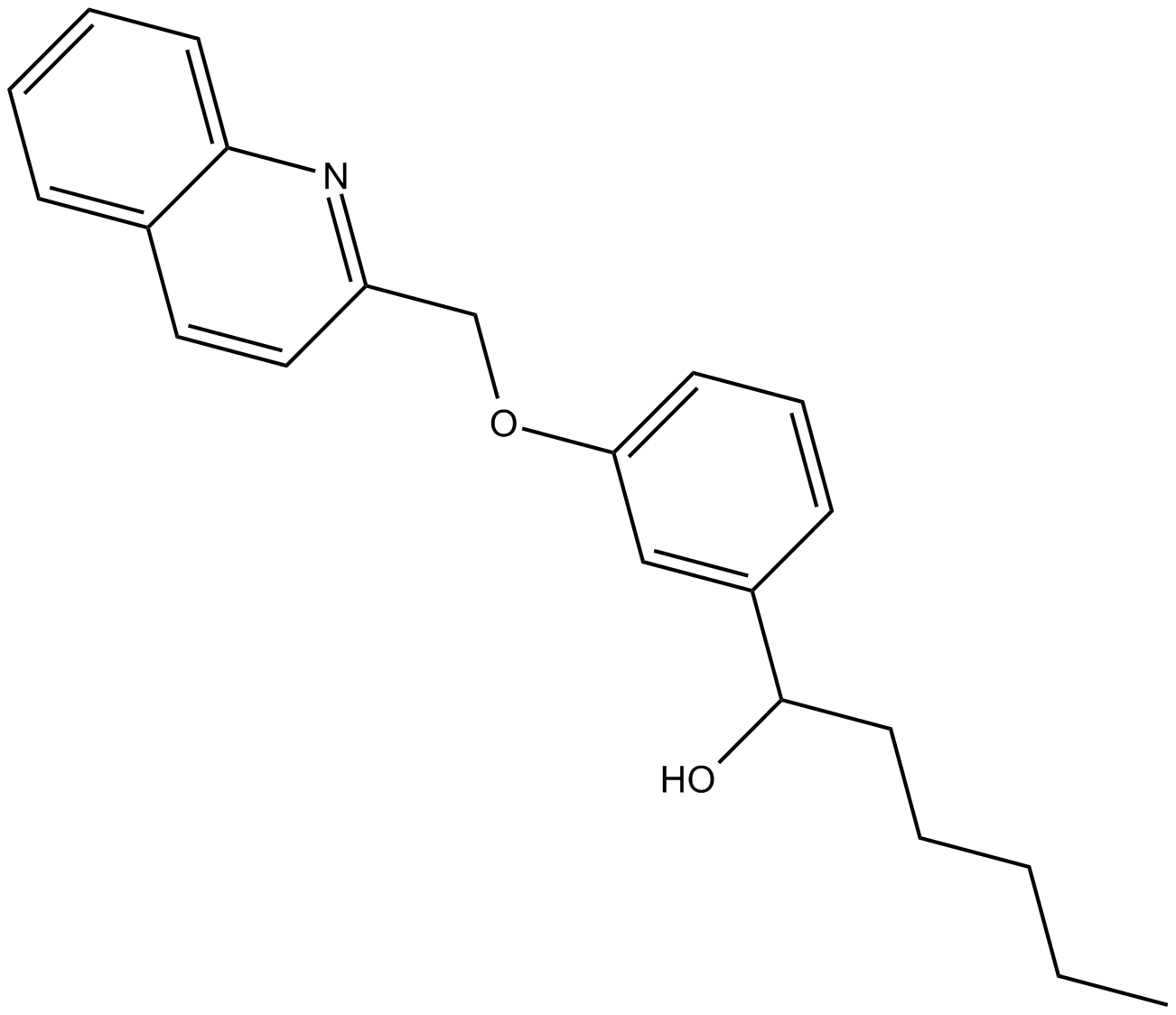 C5416 REV 5901Summary: antagonist of cysteinyl-leukotriene receptors
C5416 REV 5901Summary: antagonist of cysteinyl-leukotriene receptors -
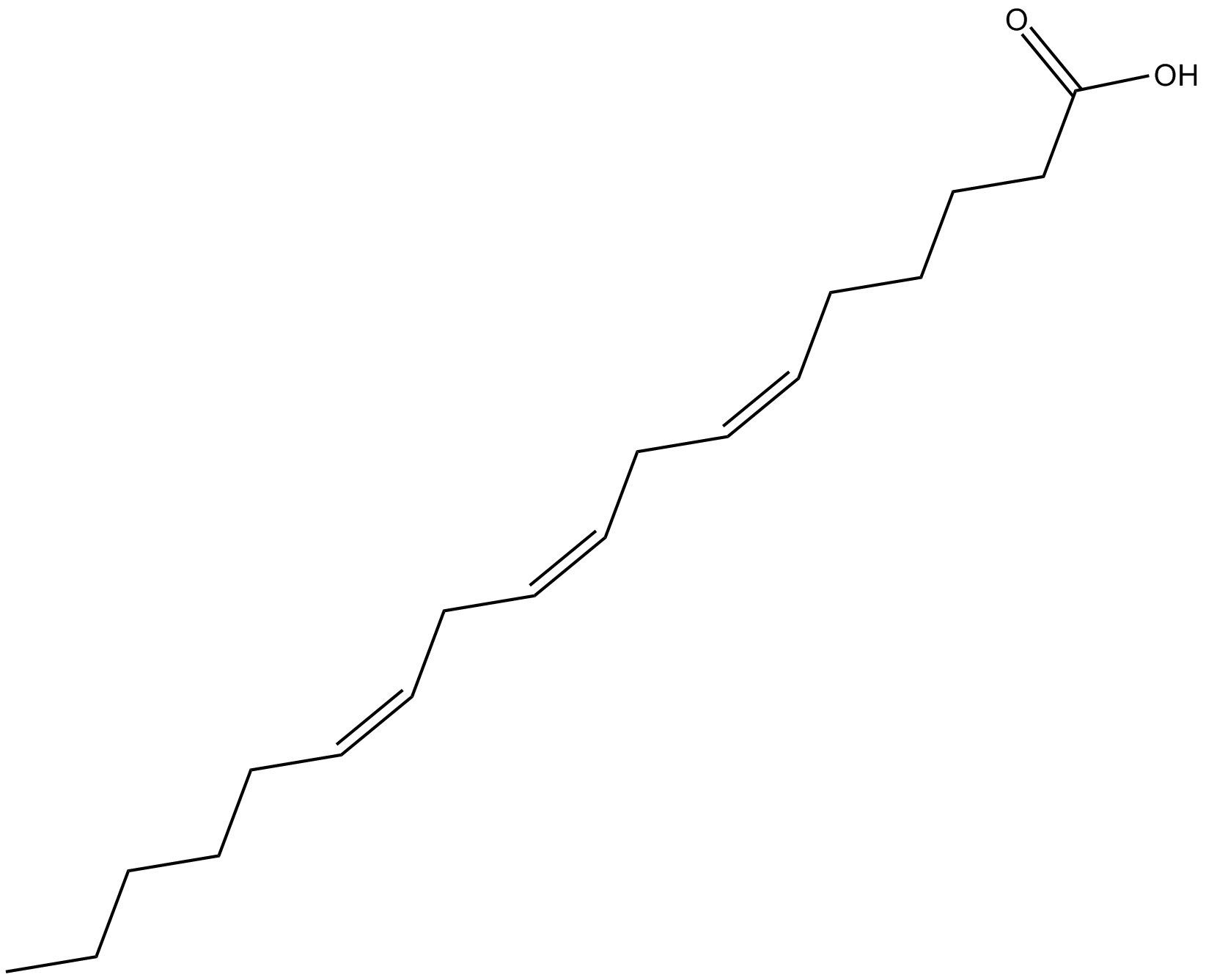 C5518 γ-Linolenic AcidSummary: weak LTB4 receptor antagonist
C5518 γ-Linolenic AcidSummary: weak LTB4 receptor antagonist -
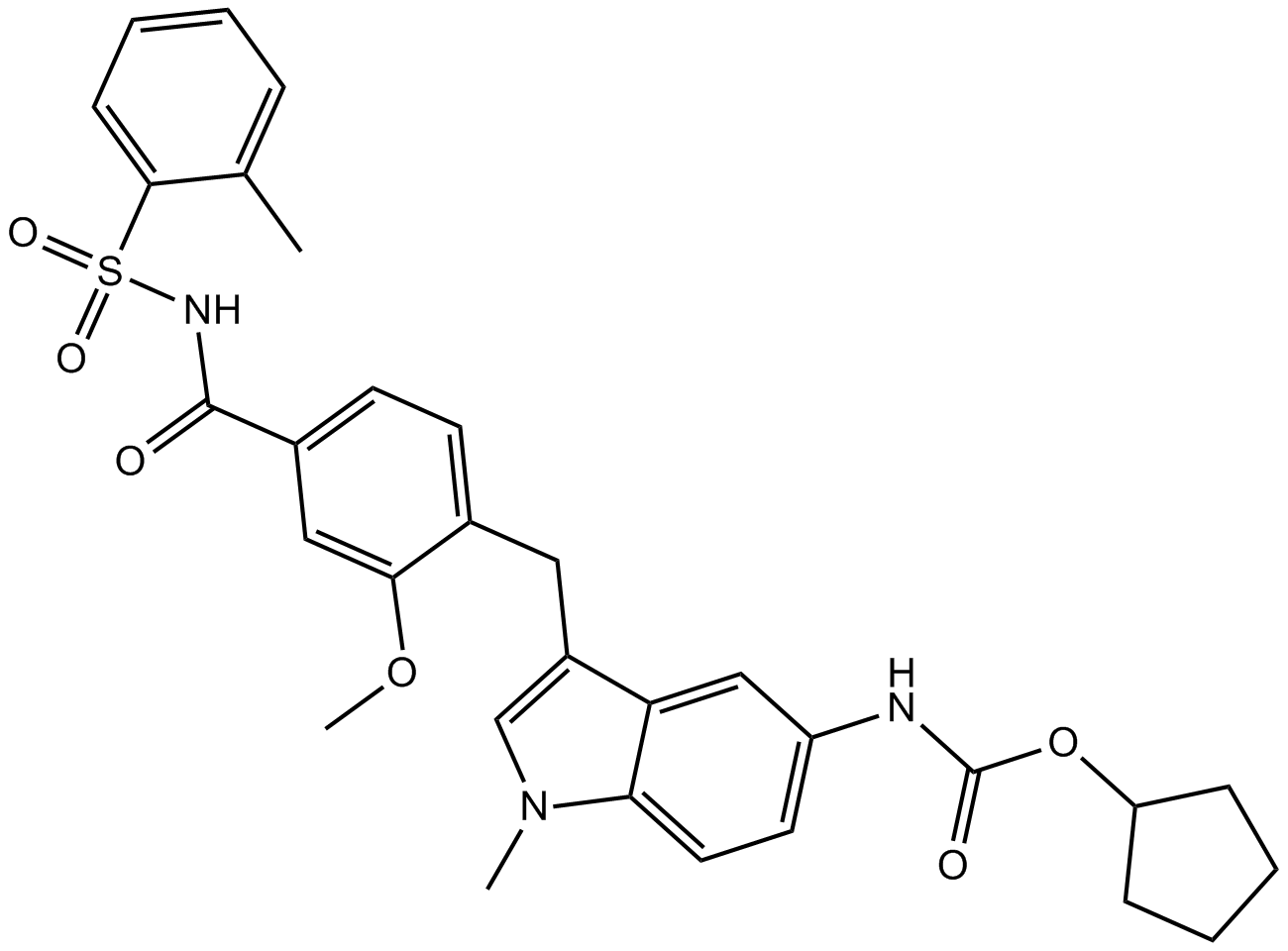 B2068 ZafirlukastTarget: Leukotriene and Related ReceptorsSummary: oral leukotriene receptor antagonist
B2068 ZafirlukastTarget: Leukotriene and Related ReceptorsSummary: oral leukotriene receptor antagonist

